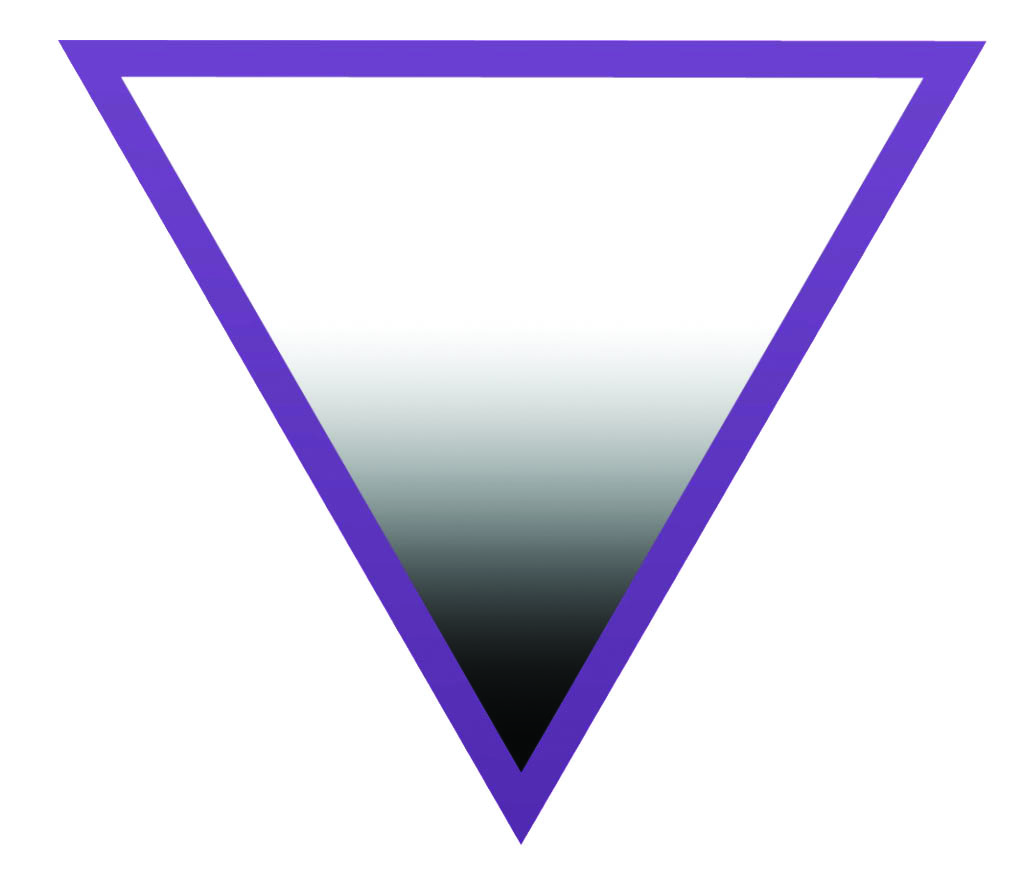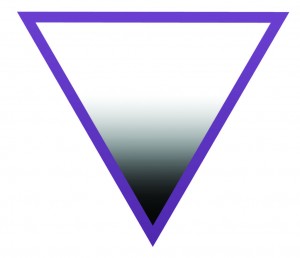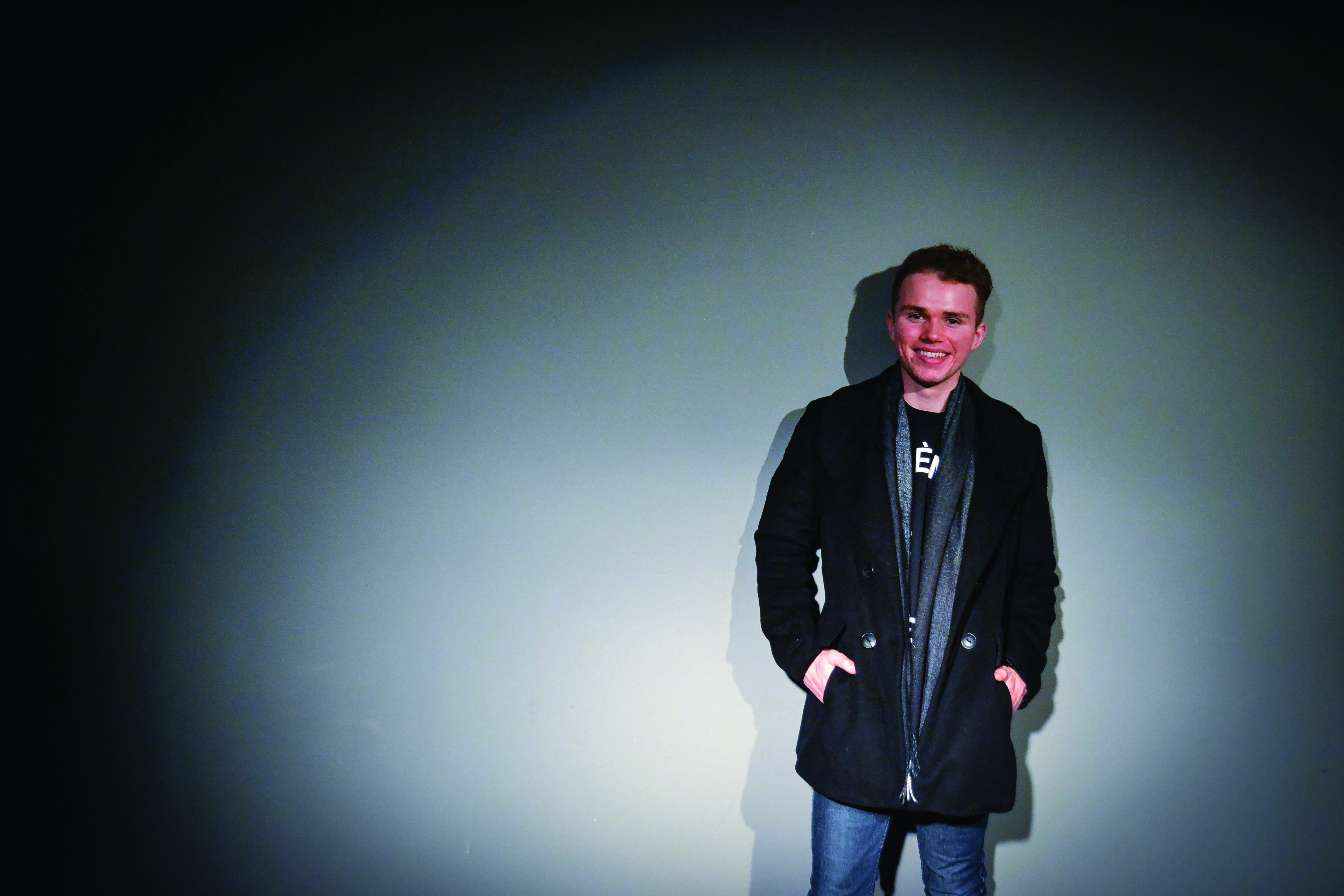

By Leah Larson, Matrix contributor
The concept of a person who isn’t interested in sex befuddles most people. Being attracted to someone of any gender is frequently listed as one of the trademark experiences of being human. People who are asexual are looked upon with a mix of shock and disbelief—they’re treated like amoebas or children who haven’t reached puberty yet. And I am one of them.
Asexuals don’t experience sexual attraction. Some have libidos, some don’t, some are repulsed by sex and others are all right with it. Just like with any sexuality, there’s a spectrum that people fall upon. Personally, I am a full-blown asexual; I have never experienced sexual attraction and I am completely indifferent to sex as an activity. However, there is more than one way to be attracted to a person.
Our society tends to focus almost exclusively on sexual attraction. However, romantic attraction is a huge part of any relationship. People have romantic orientations in the same way that they have sexual orientations.
It has always been obvious to me that I didn’t quite fit in with the norm. When my friends and I were 12 years old and having sleepovers, we would discuss our crushes and which teen celebrity was cuter.
I always felt as though there was something in those conversations that I did not fully understand. I never had a crush on a person in the same way my friends would—I never cared about what their muscles were like or the way that their hair swooped perfectly over their eyes. I was always more interested in people’s personalities and the things they did. While my friends were interested in those things as well, the topic of conversation was never about how people like Rupert Grint were hilarious in the dorkiest way possible, but tended to focus more on Ryan Gosling’s abs or Emma Watson’s face.
They’d discuss them for hours on end. I never knew what to say when we would talk about these things, so I would simply choose whatever statement was said the most (“Ryan Gosling has a totally hot six-pack”) and repeat it. After that, I’d remain quiet and all would be well.

To read the full, unabridged version of this essay, visit The Matrix’s Fall 2013 publication here.





















